Deskripsi
Pura Uluwatu terletak di Desa Pecatu, Kecamatan Kuta, Kabupaten Badung, Bali. Pura ini berada 30 kilometer di selatan Denpasar. Pura Uluwatu, juga disebut Pura Luwur, adalah salah satu dari enam Pura Sad Kahyangan, pilar spiritual utama di Pulau Bali.
Sejarah Pura Uluwatu
Terdapat dua pendapat yang berbeda mengenai sejarah Pura Uluwatu.
1. Pendapat Pertama, Beberapa orang percaya bahwa pura ini dibangun oleh Empu Kuturan pada abad ke-9 Masehi, selama pemerintahan Marakata.
2. Pendapat Kedua, Orang lain mengklaim bahwa pura ini dibangun oleh Dang Hyang Nirartha, seorang pedanda dari Kerajaan Daha (Kediri) di Jawa Timur. Dang Hyang Nirartha datang ke Bali pada tahun 1546 Masehi, selama pemerintahan Dalem Waturenggong. Biksu ini membangun Pura Uluwatu di Puncak Pecatu. Setelah menyelesaikan perjalanan spiritual di sekitar Bali, biksu kembali ke Pura Uluwatu dan meninggal di sana. Dia moksa (mati dan tubuhnya menghilang), meninggalkan Marcapada (kehidupan duniawi) dan memasuki Swargaloka (surga).
Piodalan atau upacara memperingati ulang tahun pura diadakan pada hari Anggara Kasih, pada wuku Medangsia dalam kalender Caka. Biasanya upacara tersebut berlangsung selama tiga hari dan dihadiri ribuan umat Hindu.
Pura Uluwatu berdiri di tebing setinggi 70 meter menjulang di atas Laut Indonesia. Karena lokasinya yang unik, pengunjung harus menempuh tangga batu panjang untuk mencapainya. Pura ini menghadap ke arah timur, berbeda dengan pura-pura lain di Bali yang menghadap ke barat atau selatan. Ada ratusan monyet berkeliaran di sepanjang jalan di luar pura. Meskipun monyet-monyet terlihat jinak, pengunjung menganggap mereka sebagai gangguan karena sering merebut makanan dari tangan pengunjung dan merebut barang-barang pengunjung. Ada dua pintu di ujung jalan, pintu utara dan selatan, melalui mana pengunjung masuk ke kompleks pura.
Pintu masuk memiliki bentuk gerbang Batara berbentuk batu. Berdiri di hadapan tiap gerbang, terdapat dua patung laki-laki berkepala gajah. Bagian depan gerbang dihias dengan relief yang menggambarkan daun dan pola bunga. Di belakang gerbang, terdapat tangga batu yang mengarah ke halaman dalam. Di sepanjang tangga, pohon-pohon tumbuh untuk memberikan teduh.
Sebuah hutan kecil terletak di depan dan ratusan monyet tinggal di sini. Mereka diyakini menjaga pura dari pengaruh buruk. Jalan berliku ke pura diperkuat dengan tembok beton di sisi tebing. Diperlukan sekitar satu jam untuk mencapai dari ujung ke ujung karena terdapat beberapa titik terhalang sepanjang jalan. Pemandangan dari bawah air yang naik melawan batu-batu dan cakrawala lautan sungguh luar biasa.
Umat Hindu Bali percaya bahwa tiga kekuatan ilahi Brahma, Wisnu, dan Siwa menjadi satu di sini. Keyakinan itu membuat Pura Uluwatu menjadi tempat ibadah Siwa Rudra, dewa Hindu Bali dari semua elemen dan aspek kehidupan di alam semesta. Pura Uluwatu juga didedikasikan untuk melindungi Bali dari roh jahat laut.
Halaman dalam adalah ruang terbuka yang beraspal. Terdapat bangunan kayu di dekat gerbang utara. Di barat, di seberang dari jalan masuk, terdapat Gerbang Paduraksa yang membuka jalan ke halaman dalam berikutnya. Berbeda dengan yang ditemukan di luar, gerbang batu ini dilengkapi dengan atap. Pintunya berbentuk busur yang dikelilingi oleh susunan batu. Terdapat patung kepala raksasa di atas bingkai. Bagian atas gerbang terlihat seperti mahkota dan dihiasi dengan relief. Celah-celah antara gerbang dan dinding diisi dengan relief yang menutupi seluruh permukaan. Terdapat halaman kecil berbentuk persegi panjang di selatan yang menjulur keluar di atas laut. Terdapat konstruksi kayu di ujung halaman yang tampaknya menjadi tempat bagi orang-orang untuk duduk dan menikmati pemandangan laut. Pura Uluwatu telah mengalami beberapa restorasi. Pada tahun 1999, petir menyambar pura dan menyebabkan kebakaran.
Setiap enam bulan sesuai dengan siklus Pawukon 210 hari, perayaan ulang tahun besar pura diadakan di sini. Keluarga kerajaan Jro Kuta dari Denpasar adalah para pelindung pura untuk acara tersebut. Umat percaya bahwa itu merupakan manifestasi kekuatan ilahi yang melindungi Pura Uluwatu. Fasilitas publik tersedia, tetapi tidak di area pura. Berbeda dengan beberapa destinasi wisata lain di Bali, area Pura Uluwatu memiliki jumlah pedagang yang meresahkan yang terbatas.
Pengunjung harus memakai sarung dan ikat pinggang, serta pakaian yang sesuai untuk kunjungan ke pura. Mereka dapat disewa di sini. Waktu terbaik untuk mengunjungi adalah sebelum matahari terbenam. Pementasan Tari Kecak dan Api dilakukan setiap hari di panggung tebing yang berdekatan pada pukul 18:00 hingga 19:00. Pengunjung dikenakan biaya nominal, tiket sekitar USD 10/orang. Hal yang membuatnya menjadi tempat favorit untuk menonton tari Kecak adalah latar belakang matahari terbenam dari pertunjukan tersebut.
Tidak ada transportasi umum yang menuju ke sini dan kembali ke kota akan sulit tanpa adanya transportasi atau taksi yang sudah diatur sebelumnya. Seorang pemandu tidak diperlukan, meskipun akan membantu. Layanan yang ditawarkan bebas masalah dengan harga minimum yang sangat terjangkau.
Catatan
Titik pertemuan atau tempat rencana perjalanan yang akan dukunjungi
Paket menginap terfavorite

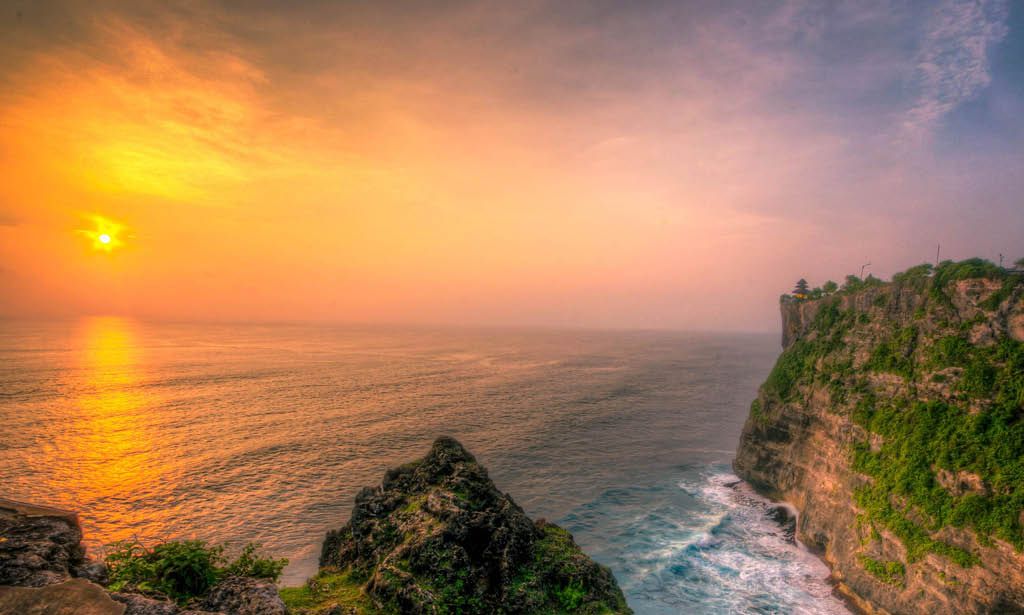

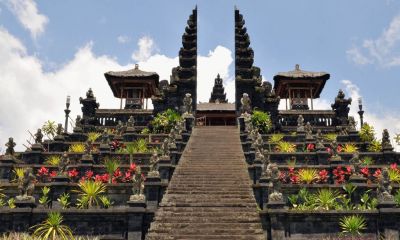
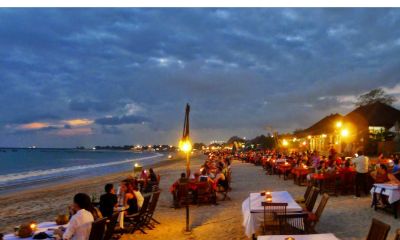

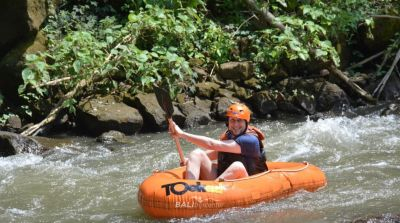

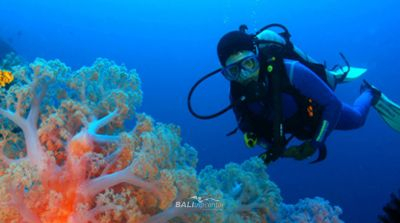




0/5